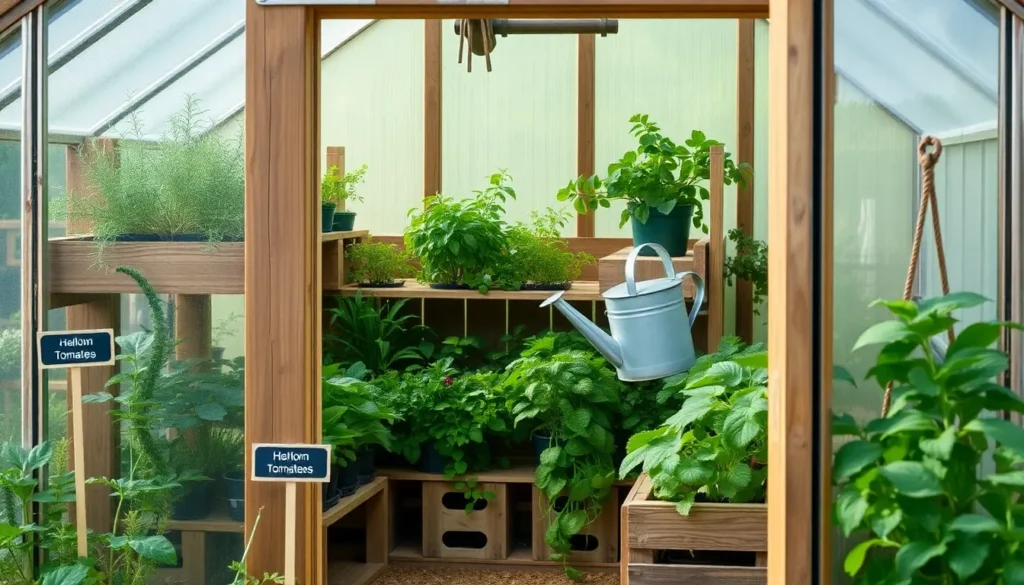Imagine stepping into your garden and finding a lush, vibrant oasis flourishing under the shelter of your very own greenhouse. Whether you’re a novice planting your first seeds or a seasoned gardener looking to extend your growing season, building a simple greenhouse can transform your gardening experience. This valuable addition provides a controlled environment where you can nurture delicate seedlings, protect your plants from harsh weather, and even grow unique varieties that thrive under specific conditions.
Creating a greenhouse might seem like a daunting task, but with a bit of guidance, it can become an exciting project that enhances your gardening skills. In this article, you’ll discover how to construct a straightforward yet effective greenhouse tailored to your garden’s needs. From selecting the right materials to determining the best location, we will walk you through each step with clear, practical advice. By the end, you’ll be equipped with the knowledge and confidence to create a thriving plant haven that will bring joy to your gardening journey year-round.
Select an Ideal Greenhouse Location
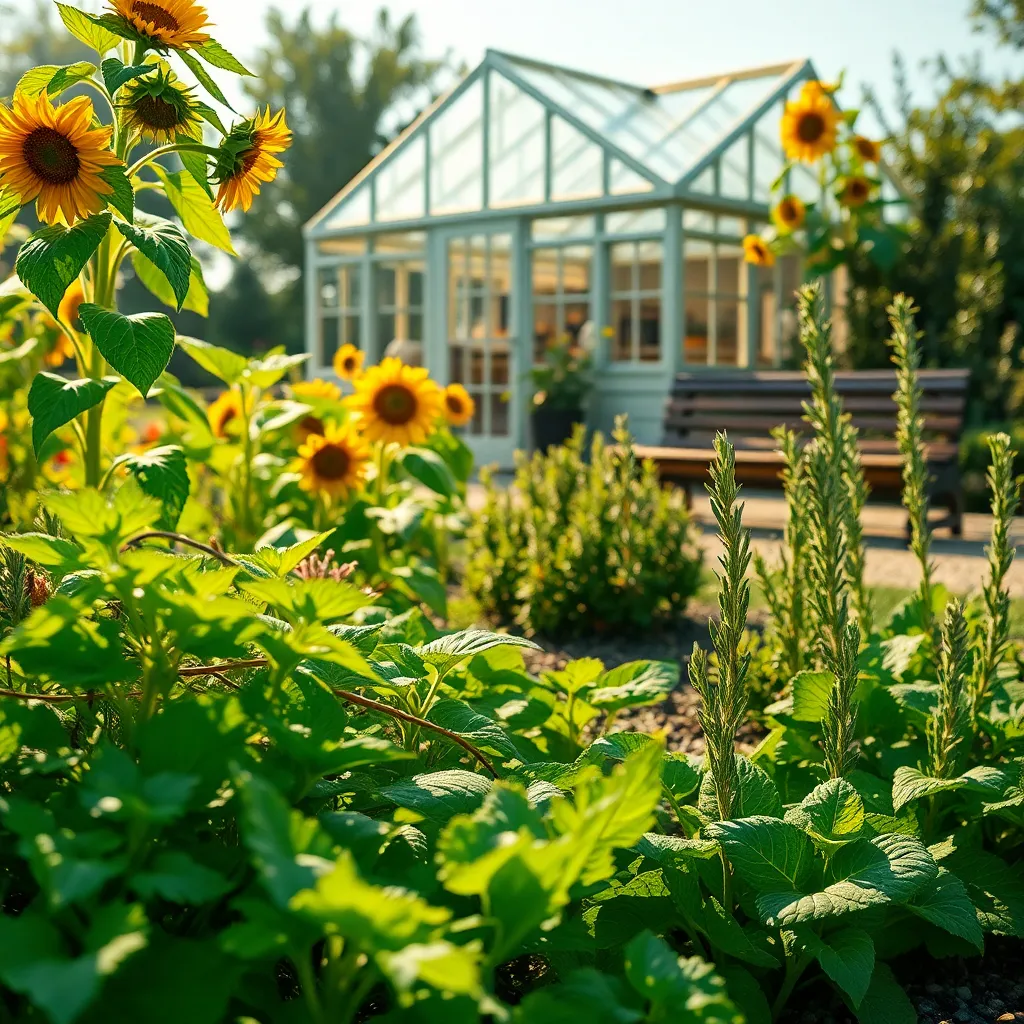
Choosing the right location for your greenhouse is crucial to its success. Ideally, place your greenhouse in an area that receives maximum sunlight, typically a south or southeast-facing spot.
Light is a vital resource for your plants, particularly during winter months when sunlight is limited. Ensure your greenhouse is positioned away from the shade of trees or buildings that could block sunlight, especially during the morning.
Consider the wind patterns in your area, as excessive wind can damage your greenhouse or reduce its internal temperature. Positioning your greenhouse near a windbreak, like a hedge or a fence, can offer protection without compromising sunlight exposure.
Access to water is another important factor when selecting your greenhouse location. It is advantageous to have your greenhouse near a water source to facilitate easy watering, which is especially critical during dry seasons.
Gather Necessary Building Materials
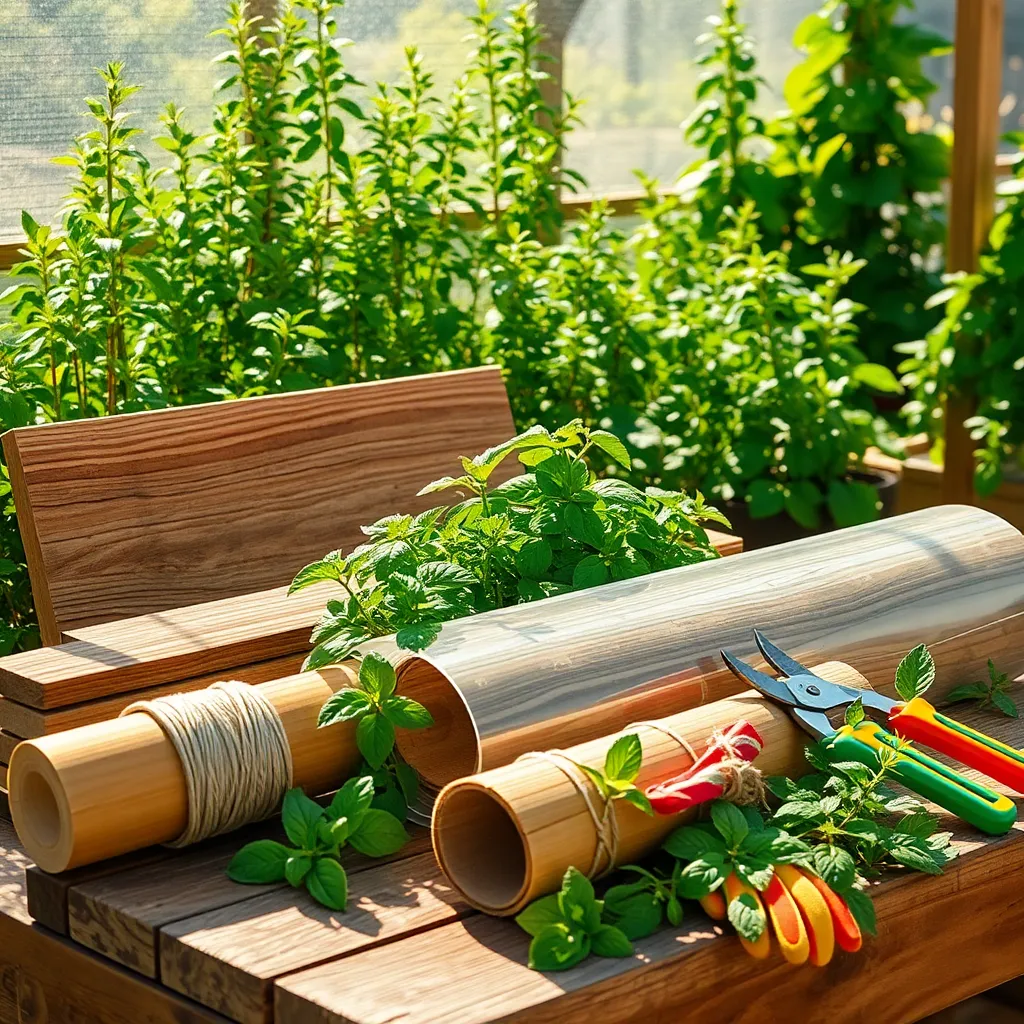
Before you start building your greenhouse, it’s essential to gather all the necessary building materials. Having everything on hand before you begin will save time and help ensure a smooth construction process.
Begin by sourcing quality lumber, which will form the framework of your greenhouse. Choose rot-resistant woods like cedar or treated pine for durability, especially if you live in a region with high humidity.
Next, consider the type of glazing material you will use, such as glass, polycarbonate, or polyethylene film. Glass offers excellent light transmission but is heavier and more expensive, while polycarbonate is lightweight and provides good insulation.
Don’t forget to acquire the necessary hardware like screws, brackets, and hinges to fasten your structure securely. It’s also wise to have a drill, saw, and measuring tape ready for precise assembly and cutting.
Construct the Greenhouse Frame
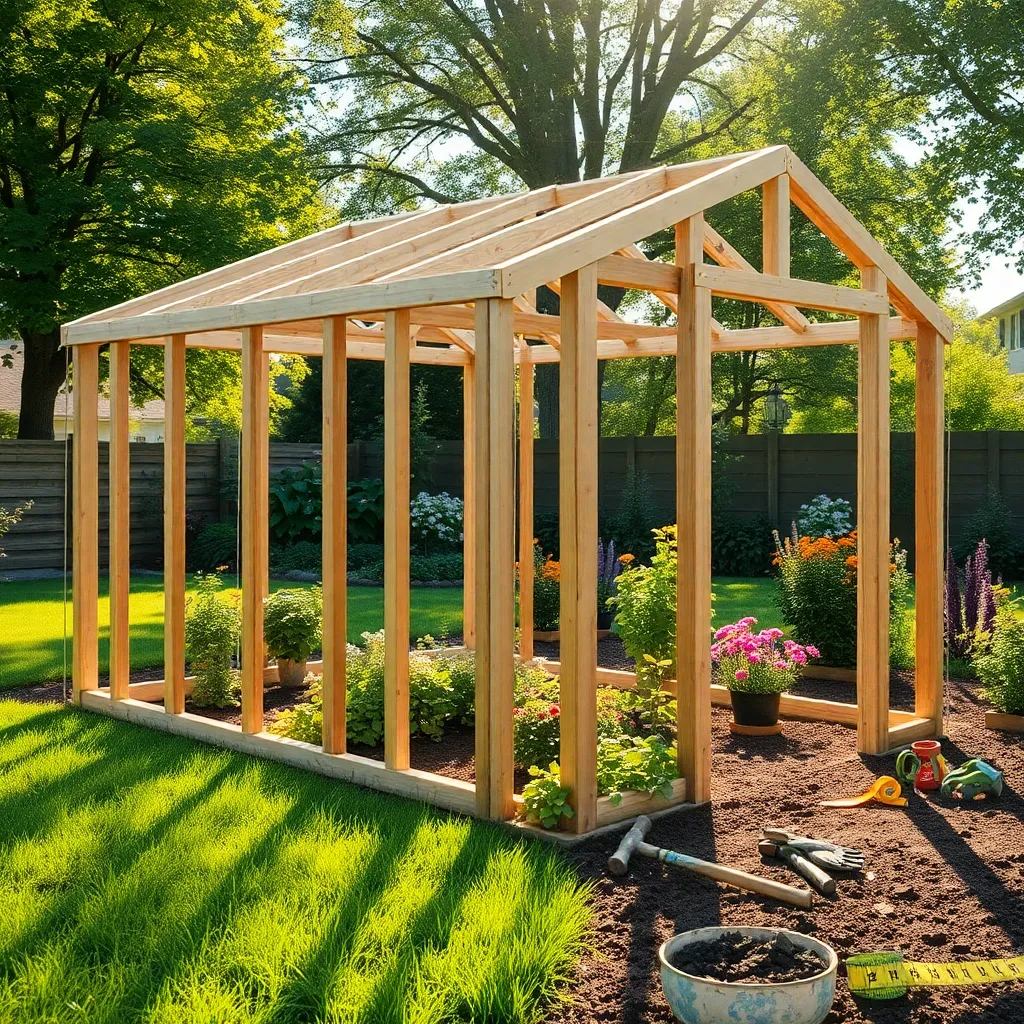
Building a greenhouse frame is an essential step toward creating a nurturing environment for your plants. Start by deciding on the size and shape of your greenhouse, taking into account the space available and the types of plants you wish to grow.
Use durable materials such as galvanized steel or treated wood for the frame, as these will withstand various weather conditions. For beginners, a simple rectangular structure is often the most manageable, while more experienced gardeners might explore a hoop or geodesic design for larger or more specialized setups.
It is crucial to ensure the frame is well-anchored to prevent it from shifting or collapsing in strong winds. Anchor the frame securely by burying the legs in concrete or using ground stakes, depending on the material you choose.
When assembling the frame, make sure all joints are tightly secured, using bolts or screws to enhance stability. Precision in measurements and alignment will result in a more robust structure, making it easier to attach the greenhouse covering later.
Install Transparent Panels Securely
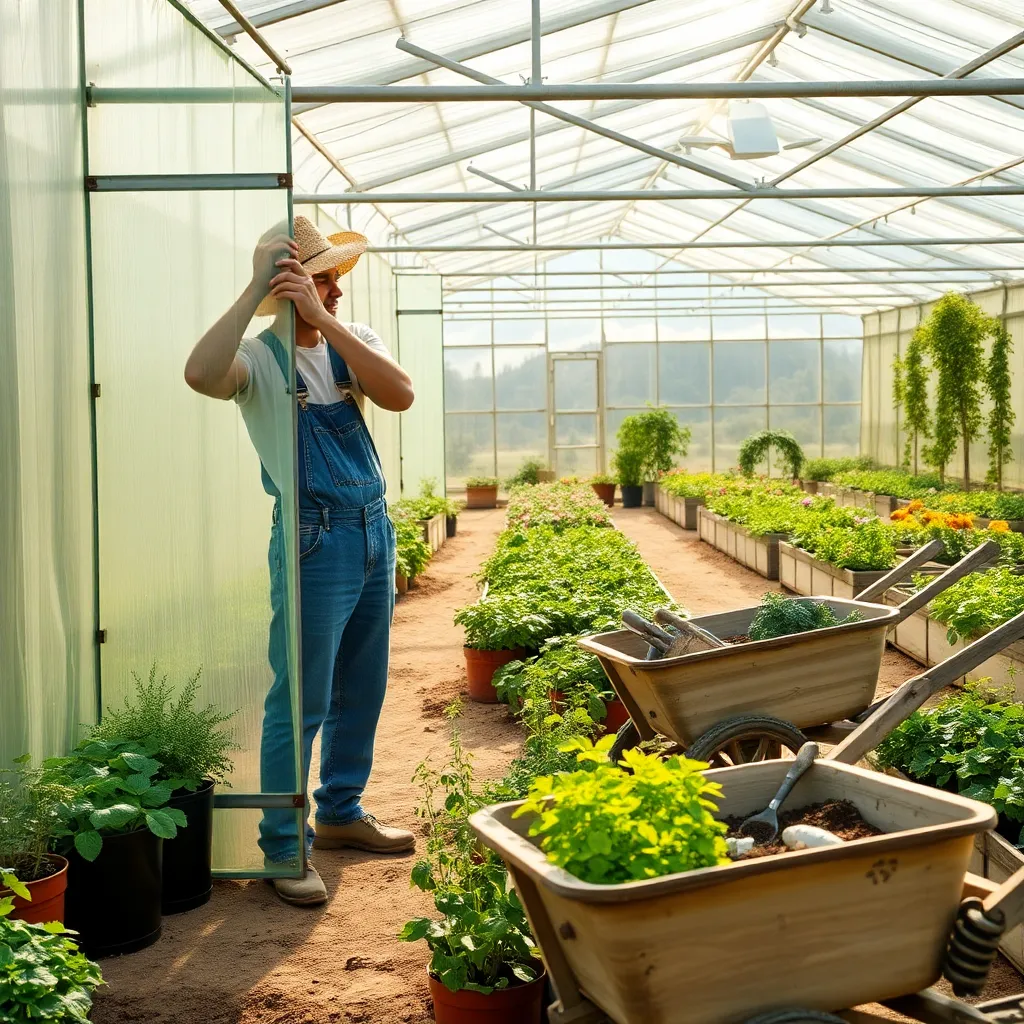
Once your greenhouse frame is constructed, the next step is to install the transparent panels securely. These panels are crucial as they allow sunlight to penetrate while protecting your plants from harsh weather conditions.
Begin by choosing the right type of transparent panel material, such as polycarbonate, glass, or polyethylene. Polycarbonate is often recommended for its durability and excellent insulation properties, making it suitable for both beginners and advanced gardeners.
Before installation, ensure the edges of each panel are smooth to prevent injury or damage during handling. Using a silicone-based sealant along the edges can help secure the panels firmly to the frame, providing additional insulation and weatherproofing.
Secure the panels using galvanized screws or bolts, which are resistant to rust and provide a long-lasting hold. It’s essential to space the fasteners evenly to distribute pressure and prevent cracks or warping of the material.
For those in windy areas, consider adding extra support with cross braces or additional screws at the corners. This will ensure your panels withstand strong gusts and maintain their integrity throughout the seasons.
Regularly check for any signs of wear or looseness in the panels, especially after extreme weather conditions. Immediate repairs will prevent further damage and help maintain optimal growing conditions inside your greenhouse.
Add Ventilation and Shelving
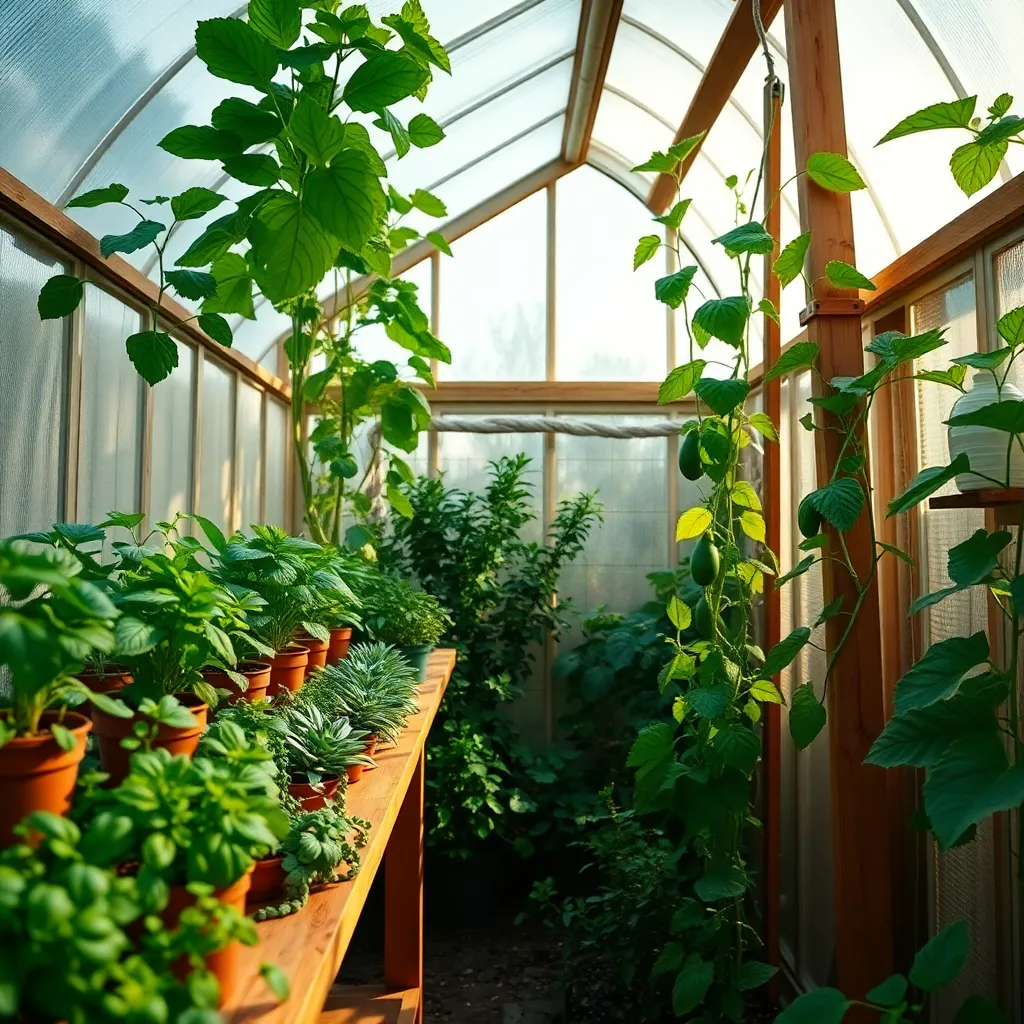
Proper ventilation in your greenhouse is crucial for maintaining optimal growing conditions. Without adequate airflow, plants can become prone to mold, mildew, and heat stress. Consider installing adjustable vents on both the roof and walls of your structure to facilitate airflow. This will allow hot air to escape while drawing fresh air in, creating a balanced environment.
Utilizing shelving can maximize space and improve plant management within your greenhouse. Sturdy, adjustable shelves allow you to organize plants by size and light requirements, making care easier. Opt for materials like metal or treated wood that can withstand humidity and temperature changes. Such durability ensures your shelving remains functional and doesn’t deteriorate quickly under greenhouse conditions.
For those with more experience, consider adding automated vent openers for efficiency. These devices can open and close ventilation panels based on temperature changes, maintaining consistent conditions without manual adjustments. Additionally, using tiered shelving lets you play with vertical space, offering more room for a variety of plants. This setup can help you cultivate a diverse range of species, from low-growing herbs to taller tomatoes.
Regularly check the condition of vents and shelves to ensure longevity and effectiveness. Clear any debris or plant material blocking vents to maintain airflow, and inspect shelves for signs of wear. By taking these steps, you can create a thriving greenhouse environment that supports healthy plant growth all year round. Your efforts in organizing and maintaining your greenhouse will pay off with lush, productive plants.
Conclusion: Growing Success with These Plants
In building a simple greenhouse for your garden, you’ve embraced five key relationship concepts: nurturing growth through consistent care, creating a supportive environment, fostering resilience against external challenges, celebrating shared goals, and cultivating patience for long-term rewards. These foundational principles not only enhance your gardening experience but also fortify the bonds you share with loved ones, encouraging growth and mutual understanding.
As an immediate next step, why not set aside some time this weekend to discuss your shared dreams with your partner or family? This could be about gardening or any shared interest that brings you joy. Having an open conversation is a practical way to apply these nurturing principles, reinforcing your connection.
Remember, relationships, much like gardens, thrive with attention and dedication. Bookmark this article now, so you can revisit these concepts whenever you need a gentle reminder of the parallels between tending to your garden and nurturing your relationships.
Looking forward, the seeds of love and care you plant today promise a flourishing relationship tomorrow. By integrating these simple yet powerful concepts into your daily interactions, you’re well on your way to cultivating a lifetime of happiness and harmony.

